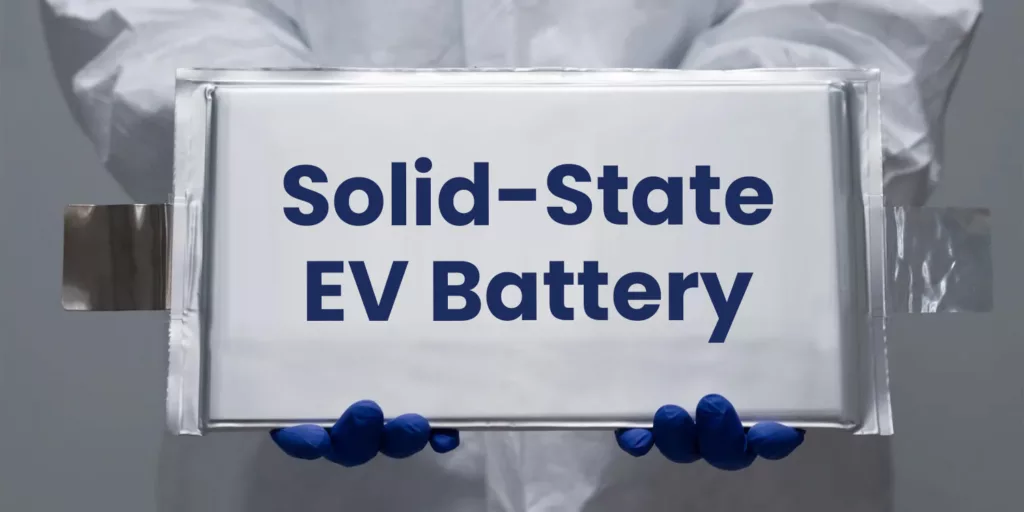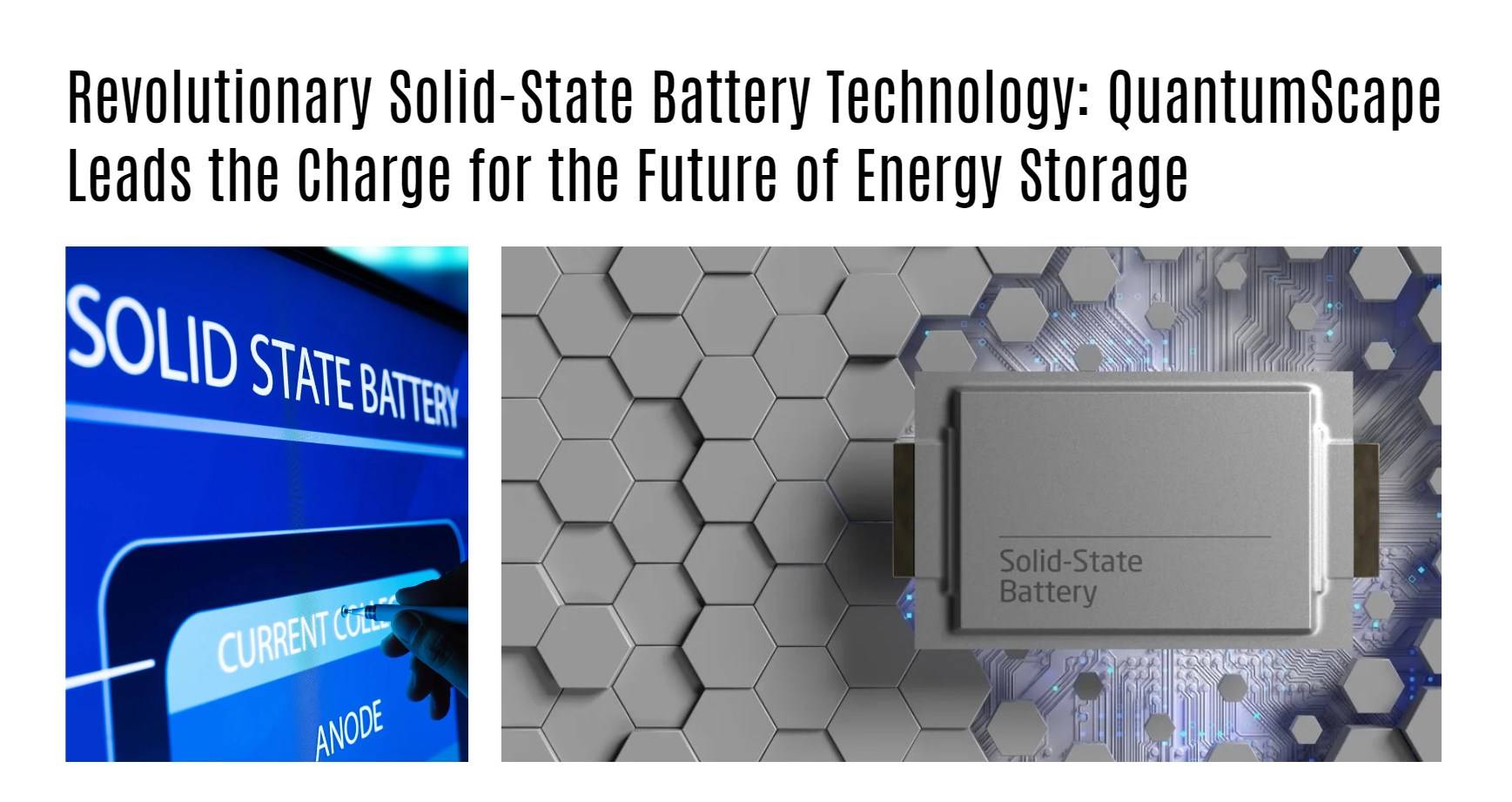Solid-state batteries (SSBs) have long been touted as the next major advancement in energy storage technology, promising to revolutionize electric vehicles (EVs) and consumer electronics. With two pioneering companies, QuantumScape and Solid Power, on the brink of commercialization, it’s time to explore the potential of SSBs, their advantages over traditional lithium-ion (LI) batteries, and the challenges they face.
Understanding Solid-State Batteries
What Are Solid-State Batteries?
At their core, solid-state batteries replace the liquid electrolyte found in conventional lithium-ion batteries with a solid electrolyte. This solid-state configuration offers numerous benefits, including higher energy density, improved safety, and longer lifespan.
Key Benefits of Solid-State Batteries
- Energy Density: SSBs can store more energy in a smaller volume, making them ideal for applications where space and weight are critical, such as in electric vehicles.
- Safety: Solid electrolytes are non-flammable and reduce the risk of leakage and thermal runaway, a common issue with liquid electrolytes.
- Longevity: SSBs are less prone to degradation, allowing for more charge and discharge cycles compared to their lithium-ion counterparts.
- Faster Charging: The solid electrolyte can facilitate faster ion transfer, potentially enabling much quicker charging times.
Challenges in Commercializing Solid-State Batteries
Despite the promising advantages, bringing SSBs to market has been fraught with challenges, primarily related to materials and manufacturing processes.
Material and Manufacturing Hurdles
- Material Stability: Solid electrolytes must be stable and compatible with other battery components. Common materials include ceramics and sulfides, each with its unique benefits and challenges.
- Manufacturing Complexity: Producing SSBs requires precise and controlled manufacturing environments. The solid electrolytes, often sensitive to moisture, demand specialized machinery and techniques.
Pioneers in Solid-State Battery Development
QuantumScape: Innovating with Anode-Free Design
QuantumScape, based in California, has made significant strides with its QSE-5 solid-state battery. Their innovative approach includes:
- Anode-Free Design: By eliminating the traditional anode, QuantumScape reduces the complexity and weight of the battery. Instead, lithium metal acts directly as the anode, improving energy density and charging speed.
- Dendrite-Resistant Separator: The solid electrolyte separator is highly resistant to dendrites, metal filaments that can cause short circuits in batteries.
- FlexFrame Housing: This design allows for the expansion and contraction of the battery during charging cycles, ensuring stability and safety.
Solid Power: Leveraging Sulfide-Based Electrolytes
Colorado-based Solid Power has developed a range of solid-state batteries with sulfide-based electrolytes, known for their:
- High Ionic Conductivity: Sulfides allow ions to move quickly through the battery, facilitating fast charging.
- Flexibility and Heat Resistance: Sulfide electrolytes are more flexible and can withstand high temperatures, making them durable and efficient.
- Cost-Effective Manufacturing: Solid Power utilizes roll-to-roll manufacturing, a common technique in battery production, to produce their batteries more cheaply and efficiently.
Comparative Analysis: QuantumScape vs. Solid Power
Volumetric Energy Density
QuantumScape’s QSE-5 battery offers a volumetric density of approximately 820 Wh/L, surpassing Tesla’s 4680 cylindrical cells and Solid Power’s batteries, which reach around 900 Wh/L. This higher energy density translates to longer driving ranges and more efficient energy storage.
Charge Time and Cycle Life
Both QuantumScape and Solid Power have focused on reducing charge times. QuantumScape’s design allows for a full charge in under 15 minutes, thanks to its anode-free structure. Solid Power’s sulfide electrolytes enable similar charge times due to their high ionic conductivity.
In terms of cycle life, QuantumScape’s batteries are designed to last over 2,000 cycles, while Solid Power’s batteries fall on the lower end of this range but still offer competitive performance compared to traditional lithium-ion batteries.
Market Readiness and Commercialization
QuantumScape aims to scale up production with its “Cobra” production system by 2025, enabling gigawatt-scale manufacturing. Solid Power, supported by significant investments from Ford and SK Group, anticipates widespread adoption of its batteries by 2028.
Conclusion: The Road Ahead for Solid-State Batteries
Solid-state batteries represent a significant advancement in energy storage technology, with the potential to transform the EV industry and beyond. QuantumScape and Solid Power are at the forefront of this revolution, each bringing unique innovations and solutions to overcome the challenges of SSB commercialization.
While SSBs are not yet ready for mass-market adoption, the progress made by these companies suggests that widespread use is on the horizon. As they continue to refine their technologies and scale production, the dream of more efficient, safer, and longer-lasting batteries is becoming a reality.




